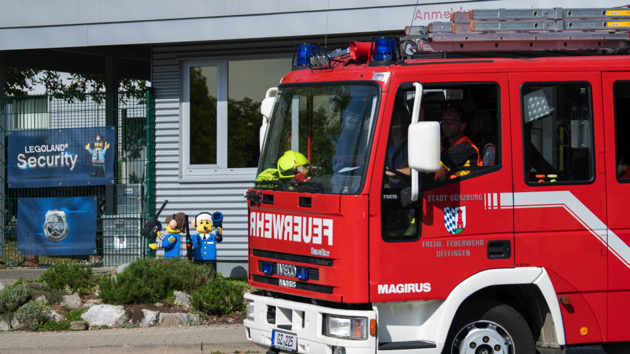
(PAULSBORO, N.J.) — Officials have cracked the code on what was stinking up southern New Jersey this week, after authorities removed a truck that was releasing chemical fumes on Thursday morning.
According to New Jersey officials, the foul smell has been reported across several counties before being identified on Wednesday.
A tanker truck at a truck stop was releasing a chemical that caused the stench around Paulsboro, Gloucester County, officials said.
Gloucester County Emergency Management issued a shelter-in-place around 11:30 p.m. on Wednesday for East Greenwich, Paulsboro, Gibbstown and areas across the Delaware River after the fumes worsened. The issue was lifted approximately two hours later.
“It’s doing exactly what it should do. When the temperature rises to a certain level, the vessel itself will actually expel fumes. So it’s built to do that,” East Greenwich Township Police Chief Matthew Brenner said on Wednesday. “There’s no leak per se.”
The smell, which affected the noses of numerous South Jersey residents, led to several 911 calls to emergency crews around 3 p.m. on Wednesday. Soon after, authorities tracked down the reeking vehicle at the TA Truck Service Area on the 100 block of Berkley Road in Paulsboro off I-295 where it was releasing fumes from its rear tanker.
According to officials, complaints came from neighboring counties as far as Buena Vista Township, Atlantic County.
However, the truck wasn’t actually removed until Thursday morning.
The East Greenwich Township Police Department said the tanker is expelling fumes from a fuel additive chemical called Lubrizol 1395 (Zinc Alkyldithiophosphate).
The chemical can cause health hazards such as possible skin irritation and eye damage, according to its safety data sheet. However, its data doesn’t say the level of its toxicity if inhaled.
Hazmat crews monitored and tested the air quality around the scene and officials confirmed there is no risk to the public, despite the uncomfortable odor.
To remove the truck, officials evacuated the surrounding area within 200 feet of the tanker, as officials said the chemical is combustible under the right conditions. Officials said that there is little risk to the public, however, especially as the truck is now removed.
No injuries have been reported due to the chemicals released.
A representative from Lubrizol told ABC News Philadelphia station WPVI they are aware of the situation and investigating but have no further comment.
The Gloucester County Office of Emergency Management will be opening a call center for residents with questions or concerns. The call center phone number is 856-384-6800. It will be open from 8 a.m. to 4 p.m.
Copyright © 2022, ABC Audio. All rights reserved.









